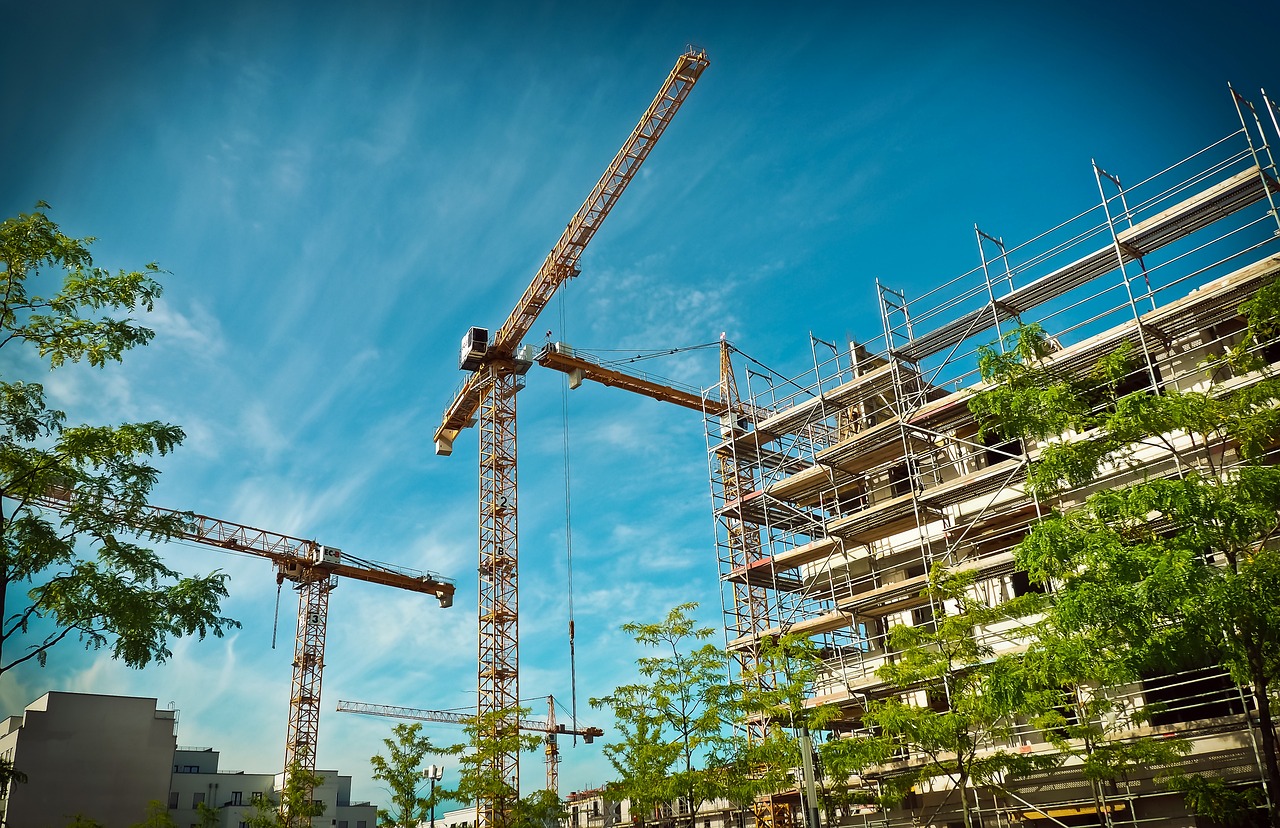The MESTRI-CE project aims to enhance energy efficiency and sustainability in building practices across Central Europe. The relevant building systems introduced in D2.1.1. were further analyzed to assess if:
- they manage and store building data efficiently,
- include sustainability aspects that go beyond energy efficiency, and
- provide information for green financial instruments.
The final report on Comparative analysis of current building standards and framework for energy efficiency (EE) and sustainability in Central Europe (CE) (D2.1.2) is available here.
The alignment of indicators identified in D2.1.1 with metrics from European reference systems for energy-efficient and sustainable buildings, including the new Energy Performance of Buildings Directive (EPBD), the European Taxonomy, and the Level(s) Framework, was evaluated.
The in-depth comparative analysis focused solely on schemes that can be managed or influenced by the project partners. These include: klimaaktiv – Austria, Green Deal Building Design Project Guidelines – Croatia, CasaClima-KlimaHaus Nature – Italy, CasaClima R – KlimaHaus R – Italy, Minimum Environmental Criteria (hereafter MEC) – Italy, Level(s)/SLOk TG – Slovenia, Energy Performance Certificate (EPC) – Italy.
Each partner was asked to complete several tables to provide information on the following objectives of each scheme:
- Contribution to implementing efficient building data and management
- Contribution to implementing the building sustainable methodology
- Contribution to implementing financial models.
The key takeaways from the report are:
- Broader sustainability is primarily addressed by voluntary instruments and exceeds legal energy performance requirements
- Some systems, like klimaaktiv (Austria) and Building Design Project Guidelines guidelines (Croatia), indirectly provide required data via other instruments like national EPCs.
- There is a significant overlap between the analysed tools and the new European reference systems for building energy, particularly the EPBD recast.
- GHG emissions assessment indicators are less common.
- Many systems include management of construction waste and sustainable raw material use.
- Only two schemes require life cycle assessment (LCA).
- Water resource use indicators are well represented.
- Health & Comfort indicators, particularly for thermal, acoustic comfort, and natural light, are common, except in energy certification schemes.
- Mobility indicators are underrepresented.
- Cost & Value and Management indicators are usually voluntary.
The analysis demonstrated that the themes in the EPBD recast are well integrated into the assessed systems, making them suitable for upgrades using the MESTRI-CE Sustainable Building Methodology. However, gaps remain in adapting to climate change, likely due to the complexity of climate risk and vulnerability analysis. Future activities in WP2 aim to refine these indicators, leveraging partners’ experience with climate adaptation evaluation tools.
